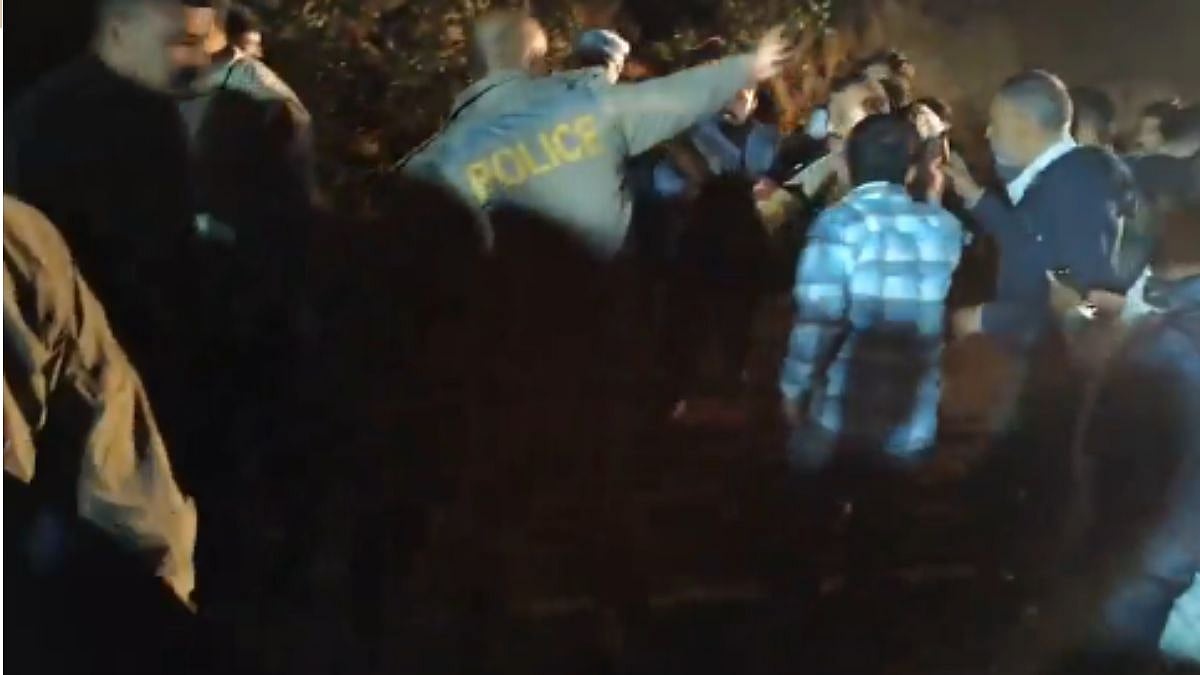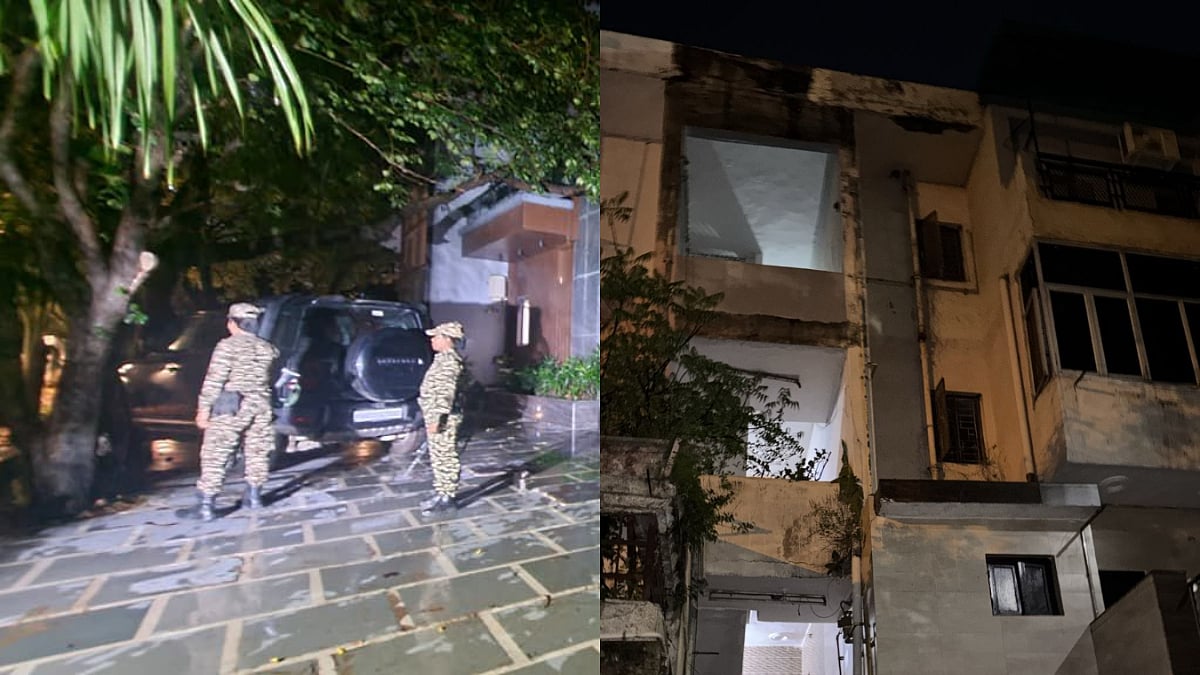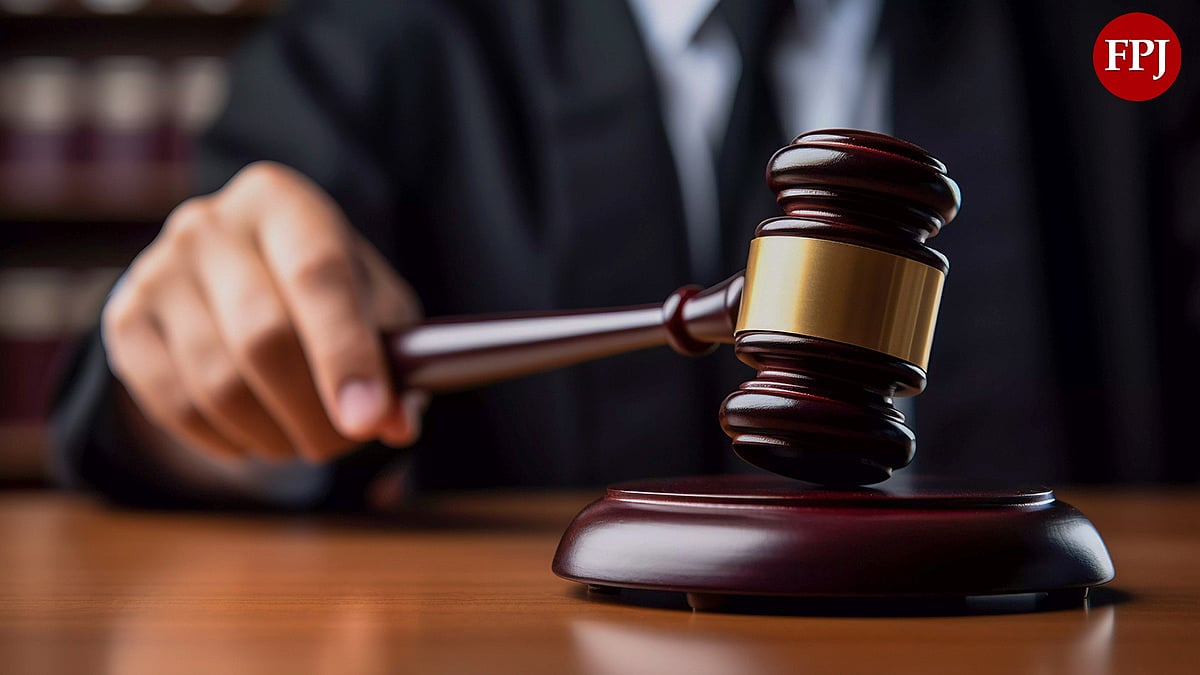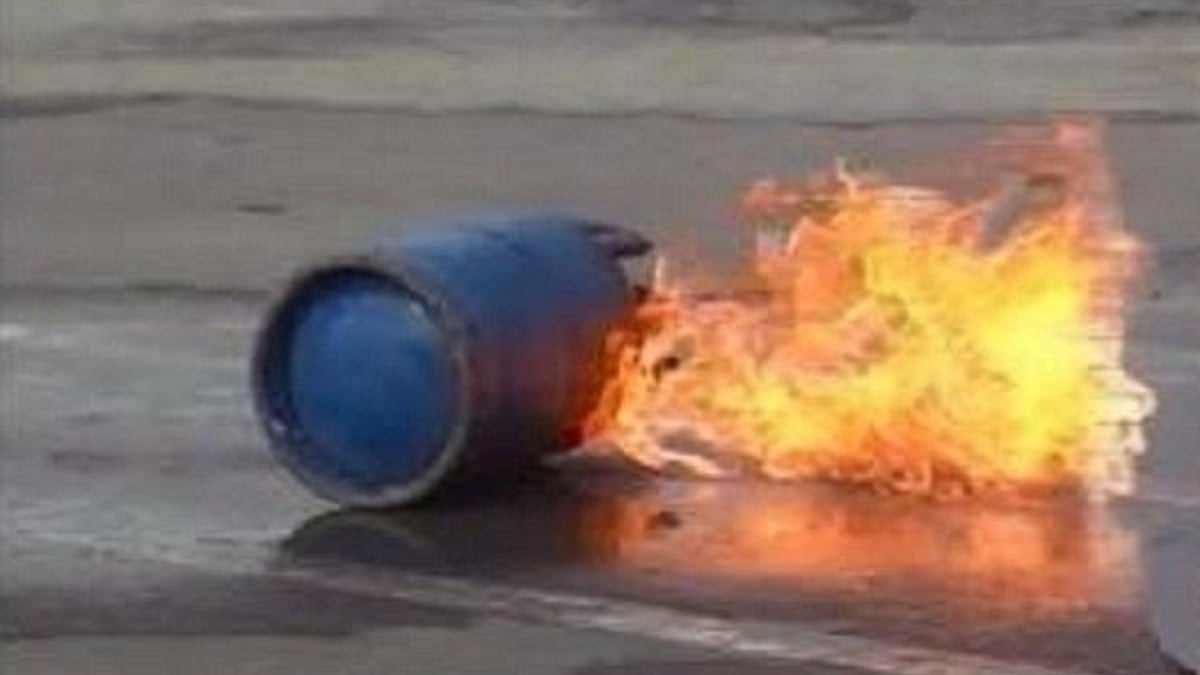Mumbai’s ambitious Metro Line 3 project, also known as the Aqua Line, is on the cusp of a historic milestone. After more than eight years of complex construction and an investment of Rs 37,276 crore, the city’s first fully underground metro corridor will be fully operational from October 9, 2025.
Phase 1 of the project, covering the 12.69-kilometer stretch from Aarey Colony to Bandra-Kurla Complex (BKC), was opened to the public in October 2024. Following this, Phase 2, which extends 9.8 kilometers from BKC to Worli, was launched in May 2025. The final phase will be inaugurated on October 8. Services on the full stretch will commence from October 9.
The Mumbai Metro Rail Corporation Limited (MMRCL) announced on September 7 that the Commissioner of Metro Rail Safety (CMRS) has granted clearance for passenger services on the final phase of Metro Line 3, covering the stretch from Acharya Atre Chowk to Cuffe Parade stations. This means commuters will soon be able to travel uninterrupted from Aarey JVLR in the north to Cuffe Parade in South Mumbai.
The Mumbai Metro -3 corridor spans 33.5 kilometres, featuring 26 underground stations and one at-grade station. The final phase adds 11 underground stations including major hubs such as Science Museum, Mahalaxmi, Mumbai Central, Girgaon, Kalbadevi, CSMT, Hutatma Chowk, Churchgate, and Vidhan Bhavan. The completion of this phase links vital business districts, heritage sites, and residential areas across South Mumbai.
Transforming Commutes
Once fully operational, the Aqua Line promises to significantly cut travel times. For instance, the journey from Cuffe Parade to the Domestic Airport is expected to take just 45 minutes—a boon for daily commuters battling Mumbai’s notorious traffic congestion.
Beyond speed, the Aqua Line is designed with commuter convenience in mind. Features include women-only cars, priority seating for senior citizens and persons with disabilities, and comprehensive surveillance systems to ensure passenger safety.
An MMRCL official said, “The Aqua Line is not just about speed, but about accessibility, safety, and dignity in commuting. It will transform Mumbai’s public transport landscape, ease road congestion, and offer a sustainable alternative.”
Engineering Feats Amidst Challenges
The project, backed by the Japan International Cooperation Agency (JICA) and the Government of India, engaged over 15,000 workers and specialists, including engineers, architects, and tunneling experts.
Tunneling under Mumbai’s challenging geology—ranging from basalt rock to reclaimed and waterlogged soils—proved a massive engineering challenge. The project overcame these difficulties with exceptional precision, completing 54.5 km of tunneling under strict international safety standards.
At its peak, the construction employed 17 tunnel boring machines simultaneously, the largest such deployment in India for an underground metro. Special heritage-sensitive construction techniques were used near landmarks such as Hutatma Chowk and Chhatrapati Shivaji Maharaj Terminus (CSMT) to protect Mumbai’s architectural heritage.

Why It Took Over Eight Years
Work on Metro Line 3 began in January 2017. The lengthy timeline resulted from a combination of technical, environmental, and administrative hurdles. Complex geology and frequent monsoons slowed tunneling and construction. Relocating underground utilities, securing environmental clearances, and managing land acquisition added to delays.
The line passes beneath crowded neighborhoods and heritage buildings, demanding meticulous care to prevent structural damage. Public opposition and legal challenges from residents and environmental groups further extended the timeline.








